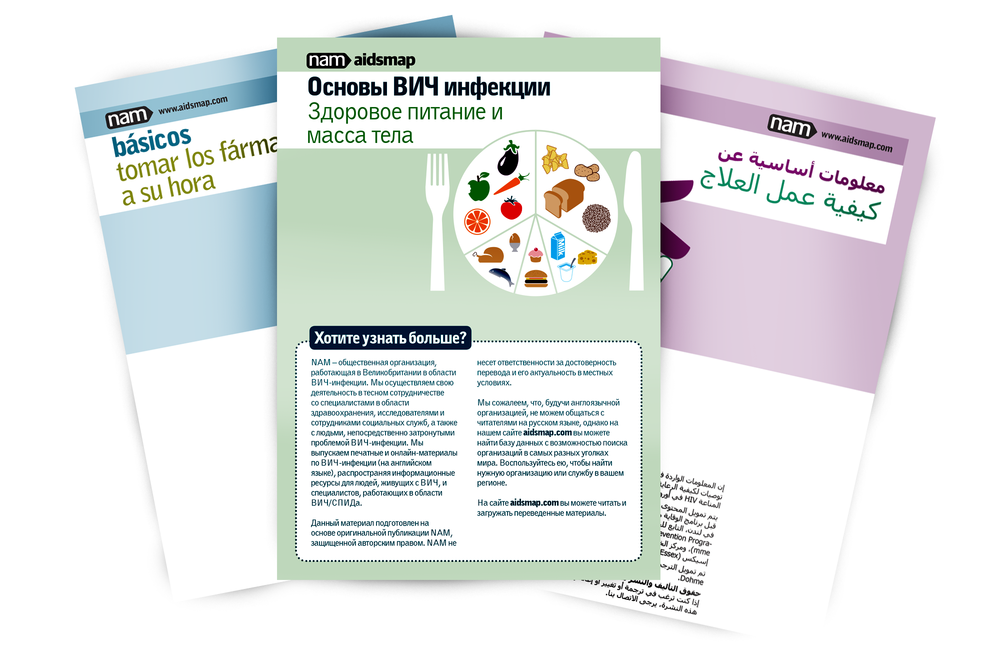
One of the pleasures of going to an international conference – back when that was something we could do – was meeting community activists from around the world who knew NAM and aidsmap very well. Several times people told me that they had taken it upon themselves to translate pages from aidsmap.com into their own language. It was immensely gratifying to hear this – it says something about the value of the information we provide that other people would put time and effort into translating and sharing with their communities.
Some activists were a little embarrassed to mention translating our material, perhaps thinking that we would be more worried about copyright than about the information reaching more people. In fact, while we ask that aidsmap.com is acknowledged as the source of the information, we encourage translations and adaptions. We want as many people as possible to have access to accurate, useful information about HIV in the language most useful to them.
We are now making it easier to share translations and adaptions so that they can have a wider audience. If you have ever translated any pages or leaflets that we have produced, we’d like to be able to have a link to them on aidsmap.com. Whether you posted the information as a blog post, on your organisation’s website or as a leaflet, we’d like to help more people find their way to it.
We’ll add them to our new pages providing translations in 23 languages. In some cases, we already have a lot to offer – in Spanish, you can read eight factsheets on antiretroviral combinations, six pages on ageing and health problems, 16 of The basics leaflets, the antiretroviral drug chart, and bulletins from the AIDS 2020, CROI and HIV Glasgow conferences. The selection is similarly extensive in Portuguese, French and Russian. This is thanks to support from funders and our ongoing partnerships with translators gTt-VIH (Grupo de Trabajo sobre Tratamientos del VIH), GAT (Grupo de Ativistas em Tratamentos), Sylvie Beaumont and Stanislav Kazikin.
In Finnish, German, Italian and Romanian, many illustrated leaflets from The basics series are already available. We’re also pleased to have information on side effects in Arabic, adherence in Dutch, the menopause in Greek, mental health in Kazakh, the immune system in Polish, how antiretrovirals work in Thai, sleep in Turkish, and pregnancy in Ukrainian.
There are gaps in what’s on offer, both in terms of the selection of languages and the specific pages that are translated. This is partly due to the choices made by a diversity of funders over the years. It’s also because many pages that were previously translated are now out of date. So, although the Spanish and Russian translations of our pages on viral load and CD4 counts used to be among the most visited pages on aidsmap.com, some of their information was no longer accurate, so we can no longer publish them. On the other hand, we are continuing to make available older translations of pages on topics which have not fundamentally changed, like adherence to HIV treatment.
This is where we are hoping activists, community workers, doctors and scientists around the world may be able to help. If you have already translated or adapted something – or you know someone else who has – please share it with us. We would like to add a link back to your website or a PDF version of the translation on aidsmap.com. That way we can fill in the gaps and offer a more comprehensive set of up to date information in as many languages as possible.
And if you have any questions about adapting our material or any thoughts about how we can increase the number of translations that we provide, please get in touch by contacting info@nam.org.uk
